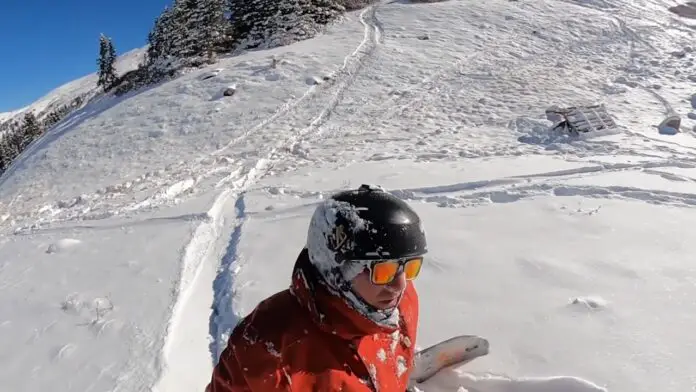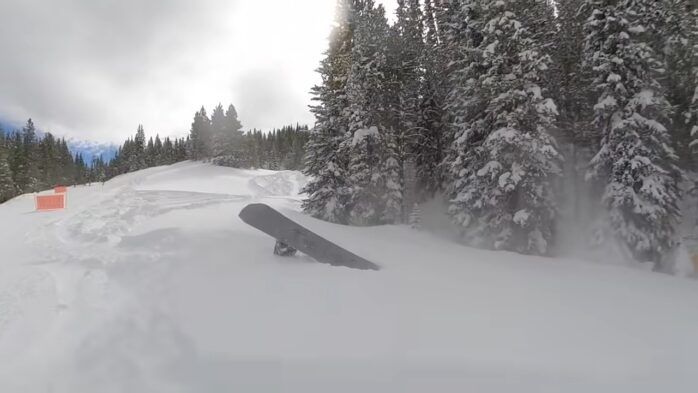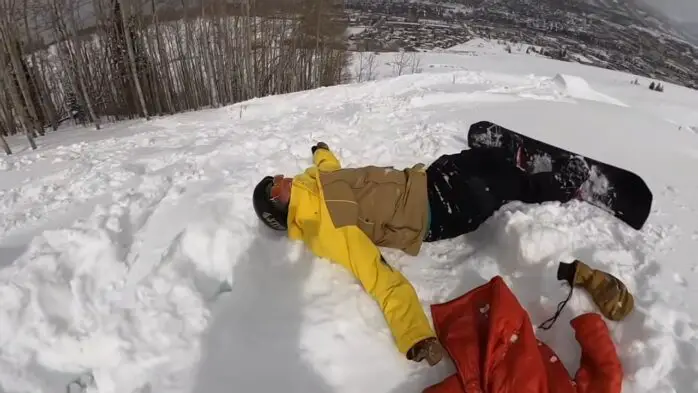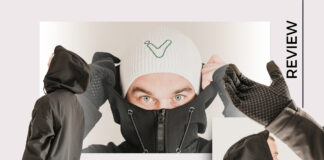
Injuries to the knee joint account for around one third of all Skiing Injuries. The Medial Collateral Ligament (MCL) of the knee has always been the most common knee injury, as a twist of the knee often leads to a minor MCL sprain.
Also, while the overall percentage of knee injuries has remained constant over the past 25 years, there has been a dramatic rise in the number of knee ligament ruptures, particularly ruptures of the Anterior Cruciate Ligament (ACL).
Medial Collateral Ligament Sprain (MCL Sprain)
The Medial Collateral Ligament is the large ligament on the inside of the knee that links the thigh bone and the shin bone. Damage to a ligament is referred to as a sprain, and depending on the severity of the injury, it is classified as first, second or third degree.
There will be pain when the site of the damage is touched, and stressing the ligament (when the knee is slightly bent and the shin is moved outwards in relation to the thigh) is painful. In severe cases, the knee joint becomes unstable.
In the acute stage of injury, the RICE protocol should be followed – Rest, Ice, Compression and Elevation (never apply ice directly to the skin). Depending on the severity of the injury, the leg needs to take a rest from any sport or activity for 3 to 8 weeks. In the case of a third degree sprain, where the ligament is completely ruptured, the treatment of choice is surgery to repair the structure, followed by a 3-month rehabilitation period.
Anterior Cruciate Ligament Rupture (ACL Rupture)
The Anterior Cruciate Ligament lies deep within the knee joint, connecting the thigh bone with the shin bone. Its function is to prevent excessive forward movement of the shin in relation to the thigh and also to prevent excessive rotation at the knee joint.
The ACL can be injured in several different ways, most notably by landing from a jump onto a bent knee then twisting, or landing on a knee that is over-extended. In collision sports, direct contact of the knee from opponents can cause damage to the ACL.
At the moment of injury, the person may experience a snapping sensation deep within the knee. There will be pain, proportional to the force and degree of damage to other structures within the knee joint.
In some cases, the person may feel able to continue playing, but as soon as the ligament is put under strain during sports activity, the knee joint will become unstable. After a couple of hours, the knee joint will become painfully swollen.
The treatment of the ACL injury is dependent upon the amount of damage and the subsequent functional impairment, the age of the patient and the level of sport or activity. If the diagnostic investigations reveal only a partial tear of some of the fibres of the ACL, and there is minimal instability, then a conservative approach with a physiotherapist is usually indicated.
In the case of individuals who are involved in a high level of sport where a degree of instability is functionally unacceptable, surgical reconstruction of the ligament is the surest way to restore normal function.
Conclusion
Although knee ligament injuries are relatively common in snowboarding, they can be prevented with the proper safety gear and by practicing safe riding techniques.
If you do suffer a knee ligament injury, it is important to seek medical attention immediately so that you can start on the road to recovery. With proper care and rehabilitation, you can get back out on the slopes in no time.





















